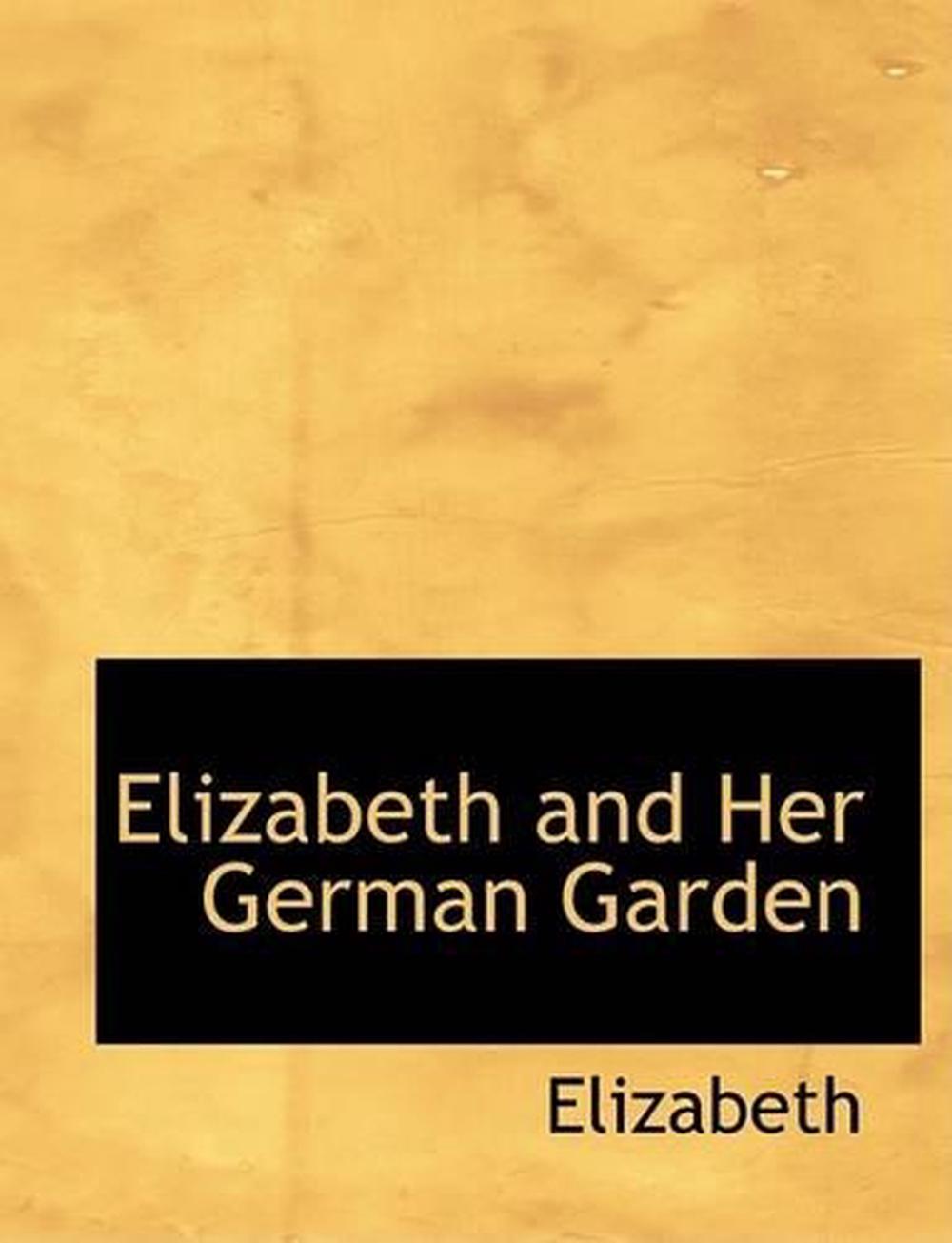

The author of Elizabeth and Her German Garden is unknown but she is disseminated throughout the book and though her readers do not know her name, they know her, which is much more satisfying and intimate.įor this very reason the author has doubtless concealed her name: She has told so much about herself in the book that she shrinks from identifying these confidences with a specific person. The author remained unknown – a 1900 reviewįrom the review of Elizabeth and Her German Garden by Elizabeth von Arnim in The Lincoln, Nebraska Courier, August, 1900: It reinforces that it’s worth preserving in the canon of women’s literature, and rediscovering its author, the elusive Elizabeth von Arnim.Įlizabeth and Her German Garden on Amazon* It’s always fascinating to come across reviews of books like this from the time in which they were published, like the following one from 1900. “I believe all needlework and dressmaking is of the devil, designed to keep women from study,” the heroine of the novel proclaims. The fictional Elizabeth finds consolation in the beauty of the garden, and maintains her sanity by ignoring the conventions of the day.

The husband is referred to as “The Man of Wrath,” which seems comical on the page, but reflected how Elizabeth felt about her real-life spouse, Count Henning August von Arnim-Schlagenthin. Though it has had a mini-revival as a quietly feminist tale, it has struggled to maintain stature as a classic. Told in the form of a diary, the book is written by a protagonist who, like the author herself, chafes against the conventions of marriage and motherhood and takes solace in her summer garden.Įnormously popular upon publication, Elizabeth and Her German Garden earned the author quite a tidy sum in its time.

Elizabeth von Arnim, born Mary Annette Beauchamp in Australia, continued to publish simply as “Elizabeth” following the success of this, her debut novel. Elizabeth and Her German Garden was published anonymously in 1898.


 0 kommentar(er)
0 kommentar(er)
